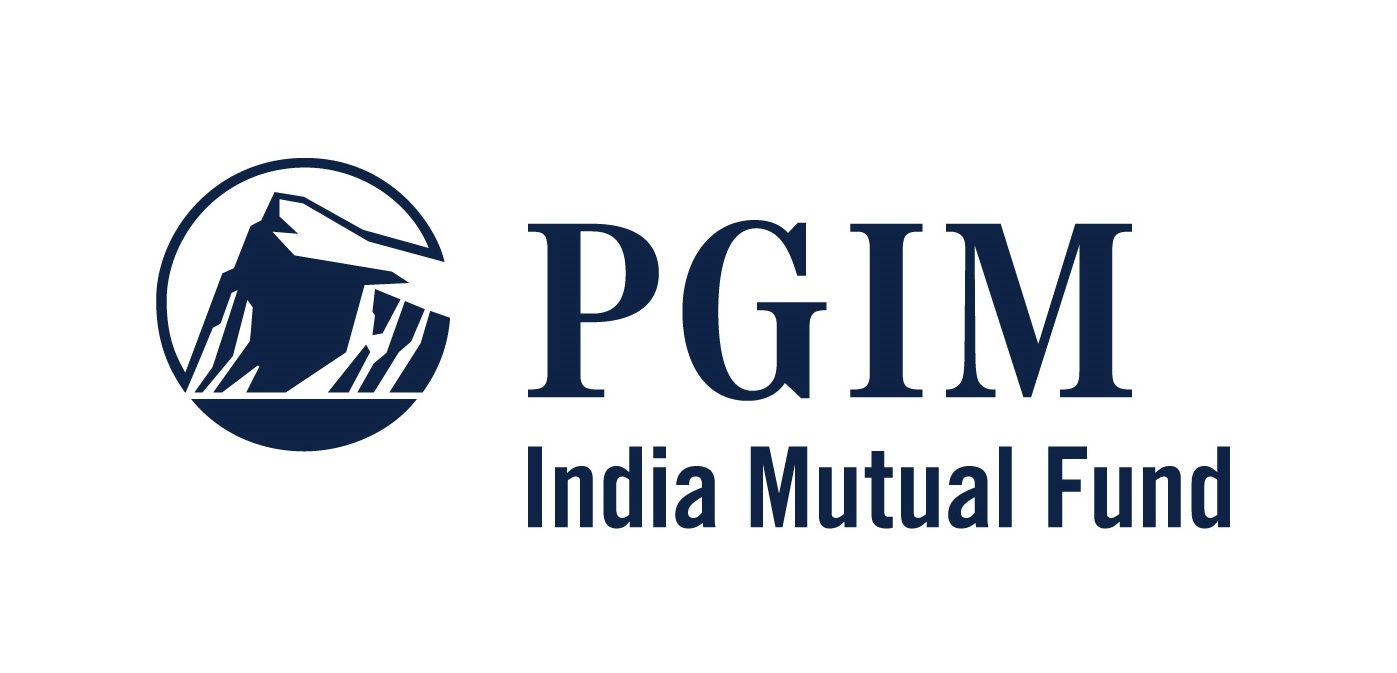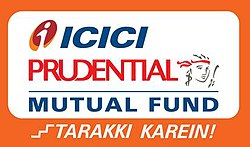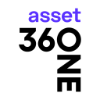Dynamic Bond Debt Fund

1Y
3Y
5Y
SI
Nav
Risk

1Y
3Y
5Y
SI
Nav
Risk

1Y
SI
Nav
Risk

1Y
3Y
5Y
SI
Nav
Risk

1Y
3Y
5Y
SI
Nav
Risk

1Y
3Y
5Y
SI
Nav
Risk

1Y
3Y
5Y
SI
Nav
Risk

1Y
3Y
5Y
SI
Nav
Risk

1Y
3Y
5Y
SI
Nav
Risk

1Y
3Y
5Y
SI
Nav
Risk
A Dynamic Bond Debt Fund is an investment vehicle that belongs to a category of debt mutual funds that invest in a range of debt instruments of various maturities, such as short-term, medium-term, and long-term securities. The most important trait of this fund is its duration management strategy, where the fund managers make the portfolio more active by adjusting it according to their interest rate forecasts.
In contrast to other debt funds that only operate within a fixed duration mandate, Dynamic Bond Funds do not have any prearranged maturity profile. They can decide to invest in short-duration instruments during a period when interest rates are rising, and then, if the rates are forecast to fall, they can adjust their investment to long-duration bonds. This feature makes them quite different from other funds and also enjoyable for some investors who want to manage interest rate exposure.
Who should consider this fund?
Dynamic Bond Funds suit investors who do not want to do the interest rate timing themselves but still want to benefit from opportunities in the debt markets. These funds are suitable for individuals with medium to long-term investment objectives (3–5 years or longer) and a moderate risk-taking appetite.
These funds can be considered by those looking for an option for a debt portfolio with active management. Investors who want maturity profiles without the need for manual switching between different debt schemes will also find these funds helpful.
Risk and return potential
Depending on the instruments, funds can be exposed to a mix of interest rate risk and credit risk at different points in time. Because the portfolio du is adjusted continuously by fund managers at various points in time, the fund's sensitivity to changes in rates can vary considerably.
The return potential ranged from 6 to 8.5% depending on the interest rate cycles and the manager's skill in market timing. During periods of declining interest rates, dynamic funds can also shift into the long-duration bonds sector, which in turn leads to capital appreciation. Conversely, if a volatile or rising interest rate occurs, returns can be limited, which happens if interest rate calls don't materialize as anticipated.
The rules of taxation. Short-term capital gains(STCG) from assets held for not more than 3 years are taxed as per the applicable income tax slab. However, long-term capital gains (LTCG) from assets held for a period exceeding three years are taxed at 20% after deducting the indexation benefit, thus allowing for increased after-tax returns.
Benefits of Dynamic Bond Debt Funds
Dynamic Bond Funds can be easily referred to as the best option only because of their flexibility and adaptability. The way they were built allows them to go with interest rate changes, thus making them the best fit for the situations that are either uncertain or volatile. This, in turn, liberates investors from the necessity of low economic growth or from having to do the changes manually.
These funds are normally at the top of the list of the most diversified ones when it comes to the number of the investments they carry. Depending on the way one sees the current situation, these are different kinds of financial instruments, including government securities and high-rated corporate bonds. Those who are in need of a "one fund for all seasons" debt solution can hardly be blamed for taking Dynamic Bond Funds as their option.
Things to Keep in Mind Before Investing
On the one hand, the funds are dynamic, but they are still subject to certain market risks, so they cannot escape. The fund manager's level of experience and ability to accurately forecast changes are the primary factors that influence returns. In case the guesses are incorrect, underperformance can be expected.
In addition, even if they assemble a combination of investors, they should thoroughly review the portfolio's credit profile to ensure that funds seeking high yields do not overexpose themselves to credit risk. These funds, like all debt investments, should be included in a balanced portfolio rather than being the sole component.
Get In Touch
Interested in exploring more about JezzMoney Mutual Fund Distributors Software? Submit the form, and we will respond quickly.
Get Expert Advice on Investment in Mutual Funds!
- Certified mutual fund distributors around India will reach out to help you build your future.
- Connect with trusted mutual fund distributors and find them from your city and pincode area.
- JezzMoney is only the mediator to help you connect with these certified professionals.
- It is your obligation to gather accurate information when you receive contact from our platform.